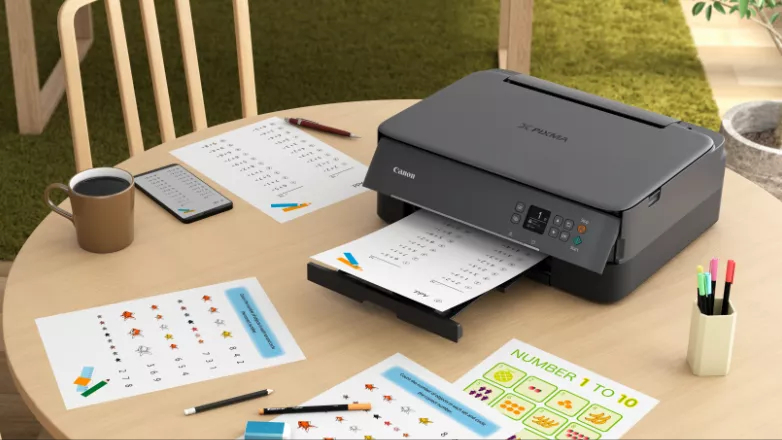Microsoft Announces Endgame for Third-Party Windows Printer Drivers
Microsoft sets a 2027 "end of servicing" deadline for third-party printer drivers distributed via Windows Update.

There has seemingly always been a love-hate relationship between Windows operating systems and printers. From issues with third-party drivers to Windows Updates breaking printer functionality altogether, Windows users have seen it all. However, Microsoft has announced plans to simplify the installation process of printers for users and reduce the number of security and compatibility issues that can arise with third-party drivers.
Starting with Windows 10 21H2, Microsoft’s IPP Class Driver has supported Mopria-compliant printers. The IPP Class Drivers allow Microsoft to provide baseline functionality for printers without installing third-party drivers or utilities.
This method of delivering native support via Windows Update works well enough that Microsoft says it will no longer service what it calls “legacy v3 and v4” printer drivers for Windows. Rather than rip the Band-Aid off in one swift motion, Microsoft is implementing a gradual phase-out.
The first significant step in the process comes in 2025 when Microsoft says it will no longer allow new drivers to be published to Windows Update via the Windows Hardware Compatibility Program (WHQL). However, hardware vendors can update existing drivers already posted on Windows Update.
Starting in 2026, Microsoft says that when installing a new printer, Windows will adjust its ranking to always prefer the native UPP Class Driver over manufacturer-submitted drivers on Windows Update. Finally, in 2027, Microsoft will no longer allow third-party driver updates unless specifically designed to address security flaws.
As you might expect, there are quite a few caveats in place for Microsoft’s phase-out of third-party printer drivers. Windows users can still install third-party drivers with a vendor-supplied installation package. Drivers already uploaded to Windows Update before the phase-out stages (and even after the 2027 end of servicing) can still be installed on a Windows system.
Microsoft also says that security concerns relating to the legacy driver platform (non-Mopria) will still be addressed per the support lifecycle of the operating system. The company also says it won’t remove existing functionality from v3 and v4 legacy drivers once the phase-out is complete.
Get Tom's Hardware's best news and in-depth reviews, straight to your inbox.
Since the IPP Class Driver natively supports printing, faxing and scanning over USB and network, Microsoft feels this will be a smooth transition for users. In addition, all the major printer manufacturers (Hewlett-Packard, Canon, Brother, Epson, Lexmark, Samsung, etc.) offer Mopria-compliant devices.
Now, if printer manufacturers could just do something about the price of ink…

Brandon Hill is a senior editor at Tom's Hardware. He has written about PC and Mac tech since the late 1990s with bylines at AnandTech, DailyTech, and Hot Hardware. When he is not consuming copious amounts of tech news, he can be found enjoying the NC mountains or the beach with his wife and two sons.
-
drtweak My question is "Who is the Thrid Party" here? how is it a thrid party driver when it comes from the manufacture? To me thrid party screams "Someone who didn't make or authorize something" IMO. Like tossing on a custom ROM for a phone. THAT is a thrid party. Not Google pushing an update on a Samsung phone (Yea I know it doesn't happen like that).Reply
Would be nice if Automatically add network devices was just turned off by default. Sick of it adding a printer already added because it was added a different way or adding a printer and the driver it picked isn't right. -
mikeebb So is this a way to force you to buy new printers? I have 2 Brother printers in the house, one about 3 years old, and the other a near-15 year old laser. Both work fine in Win10 and 11 with the current drivers. But I doubt the laser has a Mopria driver even if the inkjet does. Both are multifunction (print/scan/copy/fax).Reply
I had to reinstall Win11 in one computer after it experienced corruption in the wifi drivers. So everything else had to be reinstalled. Was pleasantly surprised that Windows appears to have reinstalled the inkjet, at least, and that it's fully functional without having to install Brother's big software package. Mopria at work? Network transport appears to be http(not sure about the s). Haven't tested the laser yet. But if Brother remains as backward compatible as it has been, this should be a nonissue. If it doesn't, I won't be a happen home-systems administrator.